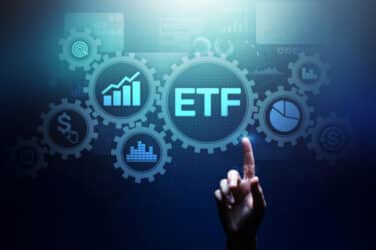When the market-wide circuit breaker halted trading in certain exchange-traded funds an estimated 850 times on August 24, it left some investors shaken and the U.S. Securities and Exchange Commission promising a review of the deeply discounted price at which those instruments traded.
Such market behavior is the nature of the beast, according to Ilya Feygin, a managing director at New York-based agency broker WallachBeth Capital. “With the majority of liquid ETFs, which would interest institutional investors, their premiums and discounts are relatively small and the mean reverts fairly quickly.”
Typically, ETFs behave just like cash equities in a normal environment, he noted. “It is just in stressed environments that the markets will be a little wider.”
Or in the case of August 24, a lot wider.
Unlike equities, ETFs are only as liquid as the arbitrage that happens between an ETF and its components, according to Feygin.
“The reason why the major ETFs trade so close to their net asset value (NAV) is because the arbitrage liquidity is being enforced by the people who can trade the underlying and bring it back into line,” he explained. “On the morning of August 24, market participants were not able to arbitrage instantaneously. Once things calmed down, the ETFs returned close to NAV.”
However, even during non-volatile trading, gauging ETF liquidity can be a somewhat difficult task due the reliance of arbitrage liquidity.
“With equities, traders can see the depth of book and the number of shares that are trading,” said Feygin. “On the screen, an ETF could be trading one-by-one, but there could be huge arbitrage liquidity above and below he market. It may be more liquid than other ETFs that show huge sides on the bid and offer.”
One method of addressing ETF-liquidity issues is to develop alternative portfolios, which Feygin said WallachBeth has a long history of doing for clients.
“Instead of using ETF ‘X’ we could use a combination of ETFs ‘Y’ and ‘Z,’ which might involve trading fewer shares, paying lower management fees as well as lower bids and offers,” Feygin noted.
Featured image by /Dollar Photo Club






